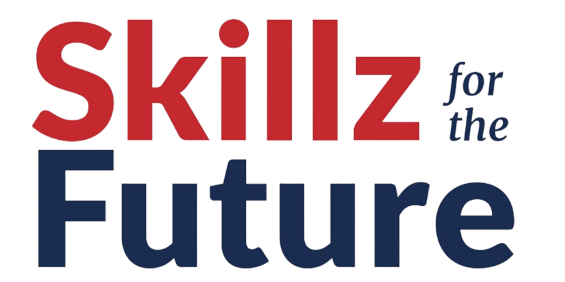Workplaces are usually very diverse these days, where Baby Boomers, Generation X, and Millennials coexist. Due to this workplace scenario, effective communication can often be challenging. The clash of cultural, economic, and social differences among generations often leads to misunderstandings, miscommunication, and potential conflicts. Navigating this generational maze is crucial for maintaining productivity, ensuring a positive work environment, and building trust.
Understanding the nuances of each generation is key to fostering a workplace culture that values diverse perspectives. Let’s explore the characteristics of Baby Boomers, Generation X, and Millennials, and discover strategies to enhance intergenerational communication.
The Mosaic of Generations
Baby Boomers: Tradition in Transition
• Born between 1946 and 1964, Baby Boomers exhibit a strong work ethic and dedication, often working beyond retirement age.
• Limited exposure to digital technology compared to younger generations, influencing communication preferences.
• Value recognition through promotions and raises, emphasising their commitment to the workplace.
Generation X: Bridging the Gap
• Born between 1965 and 1980, Generation X serves as a bridge between Baby Boomers and Millennials.
• Comfortable with technology but cherishes face-to face interactions.
• Values independence, resilience, and a balance between work and personal life.
Millennials: Digital Prowess with a Quest for Purpose
• Born between 1981 and 1996, Millennials are digital natives, fluent in social media and technology.
• Quick to leave jobs for better opportunities if they feel undervalued or stagnant.
• Seek fulfilment and purpose in their work, emphasising a work-life balance.
Why Businesses Need to Navigate Intergenerational Communication
Effective intergenerational communication is more than a workplace nicety; it’s a strategic imperative. Businesses benefit by:
• Boosting productivity through improved collaboration.
• Enhancing employee satisfaction and engagement.
• Fostering a positive work environment that attracts and retains top talent.
• Strengthening the company’s adaptability to changing dynamics in the workforce.
Strategies for Effective Intergenerational Communication
Dismantle Stereotypes through Education
• Encourage co-workers to treat each other as individuals, dispelling generational stereotypes.
• Foster understanding of communication differences and promote embracing diversity.
• Facilitate skill-building sessions, such as social media training for Baby Boomers and face-to-face communication for Millennials.
Revamp Company Culture for Inclusivity
• Evaluate company events and policies to ensure they cater to employees of all ages.
• Design events that appeal to a diverse audience, avoiding unintentional exclusion.
• Showcase inclusivity in business practices, reflecting respect for each generation’s values.
Embrace Diverse Communication Methods
• Advocate for a mix of communication methods, including email, instant messaging, and both group and individual meetings.
• Highlight the effectiveness of various communication channels to cater to diverse preferences.
• Encourage open dialogue on individual communication styles, fostering mutual understanding.
Understanding the importance of effective intergenerational communication and its implications for businesses is the first step toward creating a harmonious and productive workplace. By acknowledging and celebrating the diversity of each generation, businesses can build a resilient and adaptable workforce ready to tackle the challenges of today and tomorrow.
